



City traffic allows transportation of people and goods from start to finish and by doing so, it allows for a better quality of life. City traffic consists of personal and public transportation (bikes, cars, buses, trans, trains...) and traffic infrastructure (roads, traffic lights, gas stations, pedestrian and bike zones and lanes...). The entire city traffic system needs to flow in a uniform, safe and uninterrupted way. This is why proper signalization and infrastructure play an important role so that parts of traffic, at all levels within and outside of cities, could go on uninterrupted. Fossil fuel based city traffic is responsible for 30% of global CO2 emissions.